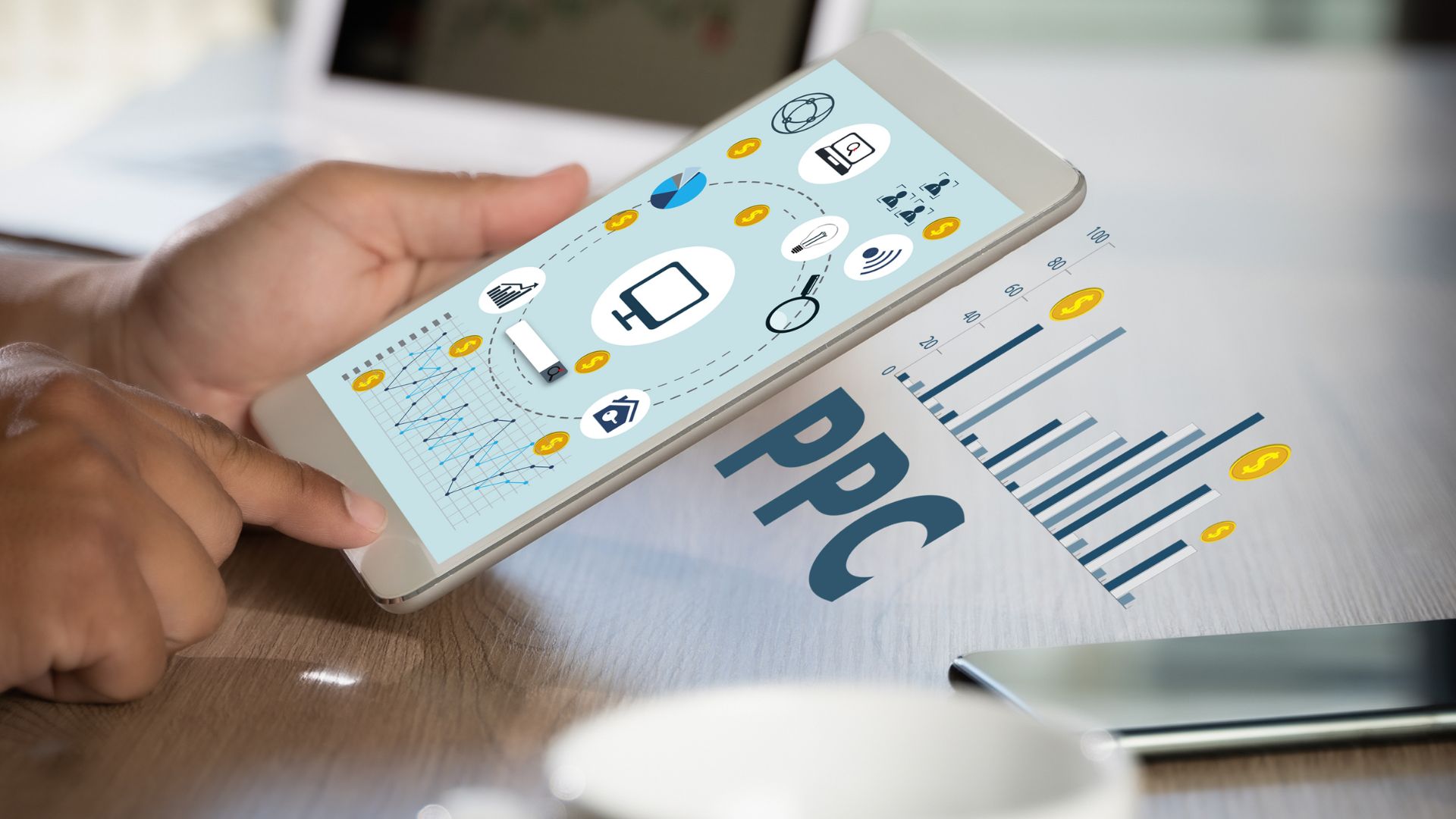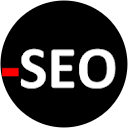Pay-Per-Click Advertisement: Search Engine Marketing vs. Social Media Marketing
Pay-per-click (PPC) advertising is a cornerstone of digital marketing, providing businesses with a dynamic way to boost their visibility and successfully contact their target audience. Understanding the subtleties and contrasts between advertising in search engine marketing, Google AdWords, and social media marketing, such as Facebook advertisements, is critical for establishing a strong PPC strategy.


Search Engine Marketing and PPC
PPC in SEM is efficient because it can target users actively looking for products or services similar to what you provide. This targeting is based on the terms that users submit, making it a highly effective technique to reach potential consumers further along the purchase cycle, i.e., have a clear purpose.
Google AdWords: The Forefront of SEM
Google AdWords, currently known as Google Ads, is the dominant player in SEM. It lets you generate advertisements on Google’s search engine and connected websites. Google Ads uses a PPC model, in which you bid on keywords and pay for each click on your ads.
Google Ads’ vast reach is an important aspect, as Google is the most popular search engine. This means that your advertisements can reach a large audience. Furthermore, Google Ads provides extensive targeting options such as location targeting, mobile targeting, and language targeting, allowing you to define your audience accurately.
Another benefit of Google Ads is the extensive data and analytics it gives. You can track various indicators, including click-through rates, conversion rates, and average cost per click, to help you fine-tune your campaigns for improved performance.

Social Media Marketing: Facebook Ads
While SEM and Google Ads target consumers actively looking for something, social media marketing takes a different strategy, particularly on networks such as Facebook. Facebook Ads allow you to target people based on their interests, behaviors, demographics, and other factors rather than just what they are searching for at the time.
With Facebook’s powerful targeting features, you can reach a specific audience with high precision. You can target users based on age, geography, education level, work title, and personal events or hobbies. This makes Facebook an ideal venue for increasing brand awareness and reaching out to potential clients early in the buying process.
Facebook’s nature also allows for various ad types, such as images, videos, slideshows, and more, making it a more engaging medium for your audience. Furthermore, Facebook’s social feature encourages participation and sharing, which can help your ads reach more people organically.
Comparative Analysis: SEM/Google Ads vs. Facebook Ads
- Targeting Intent vs. Interest: The primary difference is targeting intent (Google Ads) and interest (Facebook Ads). Google Ads targets people based on the keywords they seek, suggesting a clear intent. In contrast, Facebook Ads target people based on their interests, actions, and demographics.
- Ad Formats and Engagement: Google Ads mainly serves text-based ads and includes confident visual ad choices such as Google Shopping ads. On the other hand, Facebook offers various creative forms such as images, videos, carousels, and instant experience advertisements. This variety can increase Facebook interaction rates as visual content is more engaging.
- Cost Differences: Google Ads can be more expensive due to fierce competition for popular keywords. However, this cost is frequently offset by the higher intent of people who click on these advertisements. While Facebook Ads are often less expensive, they may require a higher volume to obtain the same degree of conversion due to the platform’s lower intent.
- Analytics and Measurement: Both platforms include comprehensive analytics features. Google Analytics is very effective at measuring conversions and website interactions, whereas Facebook Analytics focuses on user engagement metrics such as shares, likes, and comments.
- User Journey Stage: Google Ads are more successful in targeting individuals who are about to make a purchase decision and are actively looking for solutions or items. Facebook Ads are better suited for top-of-funnel marketing, which aims to increase awareness and interest.
SEM vs. SMM: Which One Is Best For You?
Finally, your marketing goals, target demographic, and the nature of your product or service should determine whether you use SEM/Google Ads or Facebook Ads. Google Ads is a better option for firms looking to convert high-intent consumers quickly. In contrast, Facebook Ads are an effective platform if your goal is to increase brand exposure and engage with a larger audience based on interests and demographics.
Please contact us for more information on how to achieve your business marketing goal. You’ll be glad you did!

What Our Clients say about us
We always aim to provide the best services and results for our clients.

High Ticket Digital
I have worked with Gerry on a number of marketing projects. I highly recommend him and his team for your projects. Looking forward to more projects with you Gerry!

Ayo B.
Gerry and AMN Consulting are excellent lead generation specialists and I can honestly say have the skills and expertise to find a solution to your problems.
We at AMN Consulting provide a wide range of services to support corporate development and marketing goals. Our main focused is to help businesses increase their conversion rate with our services such as web design and development, search engine optimization (SEO), SEO copywriting, Logo Design and social media management (SMM) are just a few of the services we provide. Our digital marketing solutions are made to match the particular requirements of your business, guaranteeing that you get a personalized plan to reach your marketing objectives. Call us right away to schedule your free consultation.










